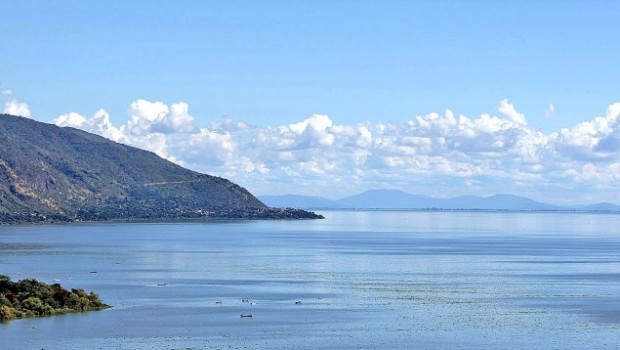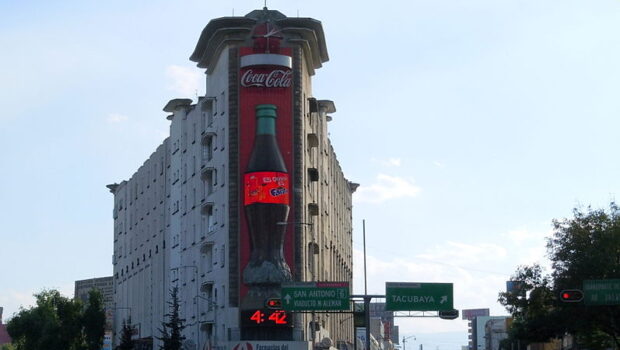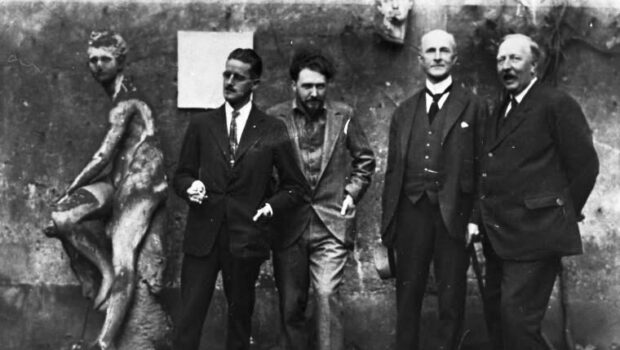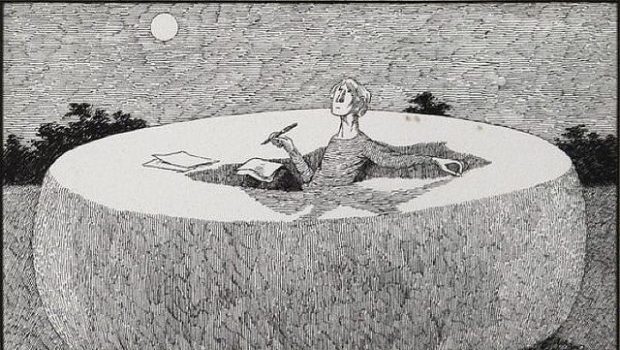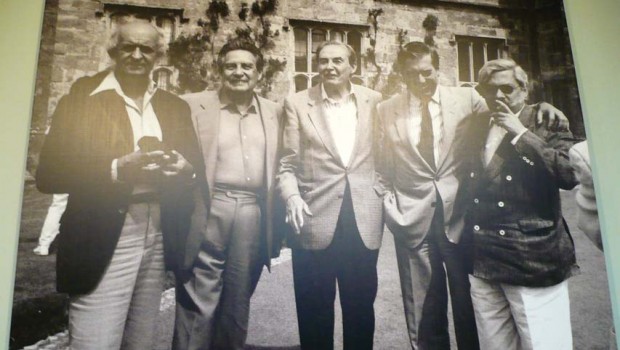The Struggle for Survival in Colonial Chapala
John Mason Hart
Since the Spanish Conquest of the sixteenth Century the rural population surrounding Lake Chapala in west central Mexico has survived outside political pressures that threatened to overwhelm their cultural and economic way of life. In the first notable episode the people rose up against the Spanish intruders in 1541, and that event was followed by equally important mobilizations in 1810, 1857 y 1927. In all of these cases there was a balance of secular and spiritual elements in which the local priesthood played an especially important role.
The importance of the clergy in Chapala and its efforts to protect and maintain the region culturally intact, transcends the local because it replicates similar patterns found among the rural clergy of Northern Durango in 1810, Jalisco in 1927, the Haste in the 1870s and early 1880s, and in Durango y Morelos before 1810 and 1910. In this brief essay I would like to explain some of the reasons why the priests and people of Chapala took part in the Mexican Independence Revolution of 1810.
During the eighteenth Century a series of pueblo land privatizations driven by the great landowners, or hacendados, swept central Mexico including the area around Lake Chapala. Those land seizures, enabled by new laws approved by the Viceregal government in Mexico City, left the overwhelming majority of rural people bereft of the acreage they needed in order to maintain their way of life. A handful of great estate owners in the region, well connected to the viceregal government, emerged as a dominating force.
The bonding of the local church and people began following the conquest of the area in the 16th Century.
At the same time, new authorities sent by the royal government in Madrid, arrived in Mexico empowered by the Bourbon Reforms, a body of laws that brought outside secular authority into the small towns seriously eroding their independent political power that was traditionally exercised by the padres, the religious brotherhoods (cofradias) and general assemblies in the pueblos. The generalized stress turned to anguish when the Jesuit missionaries were expelled by the Crown in 1767, the Franciscans were forced to turn over their efforts to secular clergy, and the cofradias fell under state rather than clerical guidance. The cofradias were comprised of local artisans and small businessmen and they reacted with an articulate sense of outrage.
By virtue of losing their land and political independence to the increasingly detested hacendados, who lived in far-off cities, the revolt of the campesinos (peasants) in 1810 can be seen as a defense of the local economy, political life, social structure and of community values. But the pueblos had a residual strength based on a complex of beliefs and practices that we can call Catholic populism.
We know that rural working class political consciousness in those days was based on the pueblo church and not on the ecclesiastical hierarchy located in Mexico City. The local church was directed by padres who developed a close affinity with their parishioners that included protecting them against the intrusions of secular Spaniards, demanding land for the Indians and pueblos, and identifying mutual aid as a palliative for their suffering. The padres were bonded with the villagers, giving them solace, and even appreciating their ideas and practices which were expressed in Church décor, ceremonies and rituals.
The bonding of the local church and the people began following the conquest of the area in the 16th Century. First, the region experienced a linguistic, economic and religious integration. Then, a Horizon Style of Marian Cults served to unite them while also providing a basis for separate community identifications through subtle differences in ceremonies and rituals that reconciled the new with the ancient. The unity included the bringing together of Mesoamerican and colonial-era celebratory dates, sites for processions, symbolic representations. And, all of this was regulated by the padres and the local cofradías comprised of the vecinos, the most stable and respected citizens of the communities, who routinely excluded the participation of the Spaniards.
This process was not limited to the area around Lake Chapala. The localized Marian Cults, for example, had a strong presence in all the centers of the Independence Revolution including Queretaro, Celaya, Guanajuato, San Juan de los Lagos, Zapopan, Guadalajara, and Zacatecas. In the states of Chiapas, Durango and Morelos, and elsewhere, the rebels even called themselves the “soldiers of the virgin”.
The cultural/religious basis for the Independence Revolution was paralleled by a powerful political dimension. For the padres, cofradias and parishioners, the second coming of Jesus Christ would signify the re-communalization of property, the abolition de taxes, tithes, rents, capitalist greed, and the unfair laws of a far away and corrupt government.
In the years immediately preceding 1810 the people around Jojotepec, Ocotlan, Sayula, and Mezcala prepared consciously for the apocalypse. The Miracle Cross of Jojotepec appeared at this time, simultaneous with the adoption of messianic beliefs by some 10 percent of the rural clergy who then led the revolutions around Lake Chapala.
After the parish priests and the people around Chapala had rebelled, their leader Padre Miguel Hidalgo, declared the abolition of much the new secular order imposed by the royal government, but even more importantly they supported him when he declared the abolition of slavery and the great estates. Padres Marcos Castellanos, Eugenio Bravo y Antonio Becerra, and an unnamed priest from Jojotepec who died in action, led the effort. They recruited artisans, mule drivers, cowboys, day laborers and Indians to the cause. When the Spaniards destroyed the church, made by hand by the parishioners of Jojotepec, with their artillery, they thought they had won the battle. But the destruction of the church and the killing of the Magistrate of the Sacred, symbolized their eventual loss of the war.
Posted: April 17, 2012 at 8:21 pm


